‘Working with the shadow side of organisations’, Developing HR Strategy, William Tate (Croner, May 2005)
PRECIS
The significance of the shadow side (or shadow system) is not simply that it is a kind of parallel universe that warrants understanding. It is part of the reality of organisational life. Leaders, educators and trainers need to understand that conventional models, policies, techniques used in HR’s traditional approach to leadership, and its development and improvement, are based on naive assumptions about supposed workplace rationality. Furthermore, change, development and improvement interventions need not only acknowledge and bear in mind the organisation’s shadow side, but they can directly be aimed at this target.
William Tate begins by explaining that the organisation’s shadow side is
… the often disagreeable, messy, crazy and opaque aspects of your organisation’s personality. Such facets are not always dark and bad. Craziness and disorder, for example, may provide a creative spur, and grapevines can be a valuable source of information. But what these features have in common is that they are always slippery – easier to feel than to define. … Most organisations suffer – to a greater or lesser degree – from being political, disempowering, bureaucratic, hierarchical, secretive, costly, wasteful, exclusive, stressful, inefficient … This shadow is like an old pair of shoes: well-worn but comfortable, apparently serviceable to the seasoned insider, but clearly holed and in need of repair if you peer closely underneath. Many people are so used to their organisation’s shadow side that they take it for granted, play games with it, or use it for their own ends.
He offers real examples, such as the BBC sending 50 newspeople to Falmouth to cover Ellen MacArthur’s homecoming on her record-breaking, round-the-world, yachting venture. He asks: ‘What’s going on? Why do such things happen? Can we find the answer by delving into the organisation’s shadow side? He comments on the BBC’s official response that it is clamping down on ‘stupid duplication’, pointing out that there is a gap – there always is – between theory espoused and theory-in-use, between rhetoric and reality.
This article marked the first occasion where the author made use of the fishtank analogy of the workplace, when he advised:
Think of the organisation as a fish tank. The water is less than pure. It starts to smell. It is difficult to see through it clearly. This is because the climate acquires toxins as the natural laws of entropy (the tendency for all things to decay) take effect. The tank becomes an unpleasant environment for those inside and needs replenishing. So what do we do? In organisational terms, we take the ‘fish’ out from time to time, give them something to chew on – often called training – and plop them back in again and expect better things from them. Still they lack lustre. They may decide to lie low or give up altogether. Especially just after having had their eyes opened to just how dirty their environment is.
Although the fish contribute effluent from their bottom, it’s usually wrong to blame the fish. It’s naïve and unproductive to expect the inhabitants on their own to change their environment. It helps to be outside the tank to do that, certainly to notice that it needs cleansing. So where does that leave managers?
When managers are managing, they are swimming with the fish and can’t see the state they are in. But when they are leading, they have stepped outside the tank to see it more clearly and can then do something to improve it.
The article also marked the first occasion when Tate began mentioning complexity science in his work. He says
It [the work of Trevor Bentley] stresses the shadow’s virtues more strongly than does Egan’s approach. Bentley’s work draws on complexity and chaos theory. This supports the view that the shadow is natural and indeed necessary, while still considering the two sides as ‘enemies’. A definition is:
‘The set of interactions among members of a legitimate system that fall outside that legitimate system. It comprises all social and political interactions that are outside the rules strictly prescribed by the legitimate system. It is the arena in which members of an organisation pursue their own gain …’
In stark contrast to the legitimate system organised by those in authority, the shadow system is self-organising, obscure, serves people’s personal needs, welcomes diversity, and supports people in being who they are rather than how the organisation needs them to be. When it comes to change initiatives, unless supported by the shadow system they are unlikely to succeed.
Tate goes on to cite the example of a change programme in Halfords:
Seen like this, there is clear value in the shadow system. It serves as a natural safety valve where people can take care of themselves against the rigours of their formal roles. Streetwise managers respect this shadow side, understand its nature, and maintain it as a kind of semi-legitimate counterweight to the official legitimate system.
Like an organisation’s overall culture, the shadow side may be dominant and troubling, or more benign, subdued and quiescent. If the shadow side is too powerful and apart, the organisation may disintegrate. Too close to the legitimate system and too controlled by it, the organisation may ossify. In the Halfords example, the shadow side had enough guts to exert itself, but was close enough to the legitimate system to be contained and channelled positively.
A copy of the full article can be read here.
